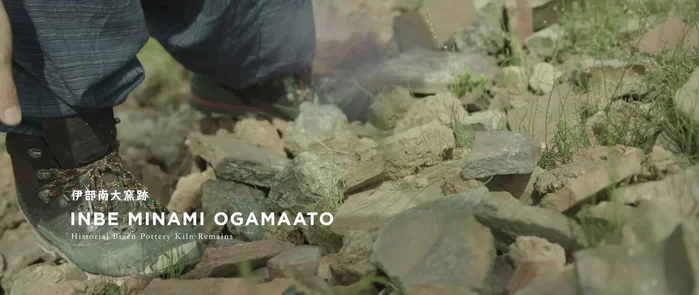Kazuya Ishida's journey as a potter is a captivating narrative of artistic growth, shaped by both personal struggles and transformative experiences. From initial reluctance to a deep-seated passion, his story unfolds through meticulous craftsmanship and a dedication to mastering traditional techniques, particularly the challenges and rewards of Bizen ware. This exploration, coupled with a willingness to embrace new perspectives through international exchange, paints a vivid picture of an artist constantly evolving and refining his craft.His path highlights the profound connection between tradition and innovation, a theme often reflected in the meticulous artistry of Japanese ceramics. For those interested in the artistry and functionality of Japanese-crafted goods, exploring the world of Japanese BBQ grills, as seen in this collection of high-quality options , reveals a similar dedication to both heritage and modern design. Ishida's commitment to his craft mirrors the dedication to quality found in these exceptional pieces, showcasing the enduring legacy of Japanese craftsmanship across various mediums.
Pros And Cons
- Uses locally produced soil
- Traditional techniques
- Time-consuming process (8 days of vinegar pouring)
- May be perceived as limiting if continued for many years
- Only needs clay preparation once or twice a day
- Requires about half a year to make the rice and about a week to bake it all at once
Read more: 9 Exquisite Japanese Ceramic Coffee Cups
Early Influences and Artistic Awakening
Kazuya Ishida's early experiences with pottery were not entirely positive. He initially disliked pottery classes as a child, feeling inadequate in comparison to his peers. However, his innate skill for crafting began to manifest in high school. This shift in perspective stemmed from his introduction to the potter's wheel, where his focus shifted from mere dexterity to mastering technique, a process he found engaging and rewarding.

The structured nature of working on a potter's wheel allowed him to improve at a tangible pace, fostering a sense of accomplishment and solidifying his interest in pottery. This experience contrasts sharply with his earlier frustrations, showcasing a pivotal moment in his artistic development and an emerging love for the craft.

The Allure of Bizen Ware and Artistic Identity
Ishida's exploration of Bizen ware has been a defining aspect of his artistic journey. It has shaped his understanding of the medium and provided a unique lens for expressing his creative vision. However, he grapples with the potential limitations and the pressures that come with specializing in this traditional form.

The long-term commitment required to master Bizen ware causes him to question whether it is the right path for his life. This internal conflict showcases the constant evolution of an artist's understanding of their craft and artistic direction. The inherent tension between tradition and innovation is prominent in his work.

International Exposure and Artistic Growth
A chance encounter with a British artist led to Ishida's journey to England, a turning point in his artistic development. This exposure to a different artistic culture and techniques broadened his perspective and added new dimensions to his practice. He faced communication challenges but persevered, demonstrating his resilience and commitment.

This experience highlights the transformative power of intercultural exchange in artistic growth. This journey helped him develop his skillset and understanding of his own cultural background. He not only learned new techniques but also gained a greater appreciation for his own artistic heritage.

Bridging Traditions and Innovation
Ishida’s work transcends simple aesthetics, encompassing a deep understanding of materials and processes. He explores how the traditional techniques of Bizen ware can be enriched by innovation and a modern sensibility. His commitment to the process is evident in his meticulous approach to creating each piece, from material sourcing to firing.

He sees his role as conveying the unique charm of Hamao pottery, emphasizing the meticulous, time-consuming methods that set it apart from other pottery styles. Ishida seeks to bridge the gap between tradition and modernity, preserving the essence of his heritage while continually evolving his artistic expression.
Conclusion: A Legacy of Artistic Exploration
Kazuya Ishida's artistic journey is a testament to the power of continuous learning, adaptation, and self-reflection. His willingness to embrace both tradition and innovation is what defines his unique voice in the world of pottery. His exploration of different materials and techniques, informed by both his heritage and his global experiences, demonstrates his dedication to pushing the boundaries of his craft.

Ishida’s commitment to sharing his craft and his cultural heritage is evident in his global engagement and the sense of community he fosters. Through his art, he leaves a legacy not just of stunning pieces of pottery, but of a lifelong dedication to artistic exploration and cross-cultural understanding.
